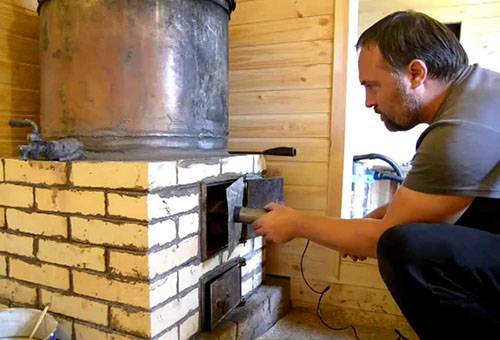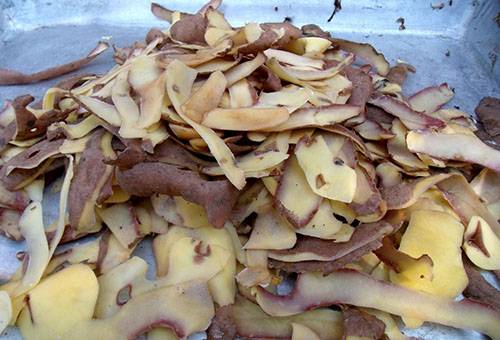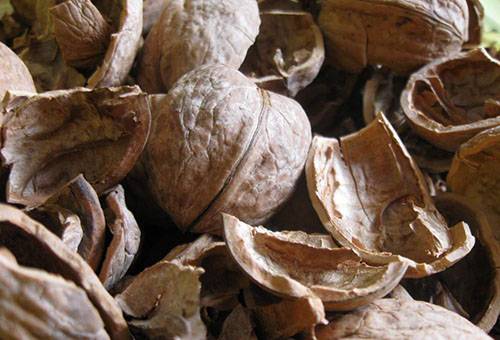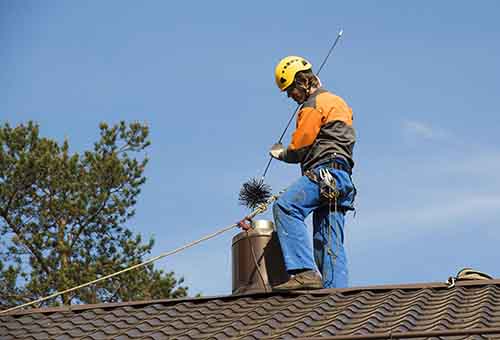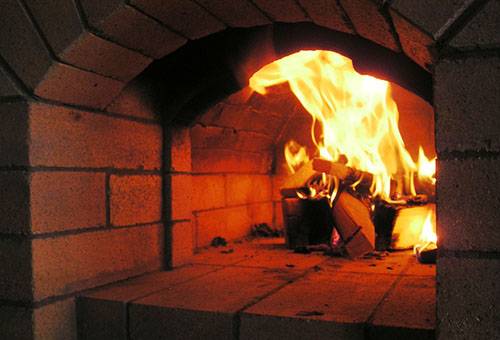Let's find out how to effectively clean a pipe using folk remedies
Knowing how to clean a chimney has nothing to do with romance. Of course, it is very pleasant to listen to the fire crackling in the fireplace or stove! Then the heat makes its way through the built-in passages, heating the entire wall area, releasing only combustion waste to the top of the chimney. Including greasy, sticky soot. And if you don’t get rid of it in time with your own hands or the work of invited specialists, you can forget about comfort.
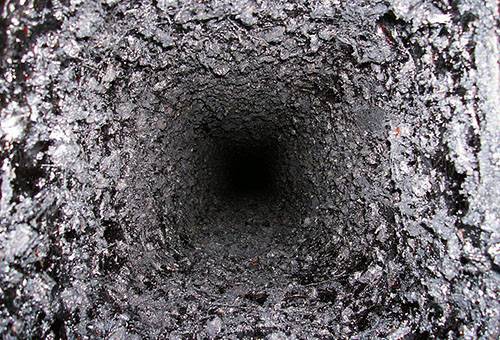
Chimney pipe covered with soot on the inside
Where does the problem come from and what does it threaten?
During the combustion of fuel, especially solid fuel, with gases formed during combustion, ash, tarry substances and various oxides rise into the air. All this looks for roughness in its path and tenaciously “grabs”, gradually reducing the permeability of the pipes and passages in the brickwork of the furnace. And this threatens with unpleasant consequences.
- First, simply by increasing the amount of fuel, which burns much worse when there is a lack of oxygen.
- With the amount of fuel in the firebox, the temperature rises, which at a certain level can ignite soot. The result will be a fire, the most terrible feature of which is the likelihood of the wooden floor catching fire. For some time it will quietly smolder in the attic, and you will feel only smoke, it is unclear where it came from.
- Carbon monoxide is called the silent killer. The same temperature sometimes cracks the furnace masonry, and it is easier for carbon monoxide to escape into your bedrooms than into a clogged chimney.You may not wake up.
Does it look like a horror movie? Yes. And although such cases are extremely rare, it is doubtful that this will make it easier for the victims.
Chimney signals for help
Before you clean the chimney with your own hands, make sure it is necessary. There are several features that will tell owners about the need to clean it from soot:
- more fuel began to be consumed;
- when the stove is lit, some of the smoke returns;
- the flame turns from bright orange to dark red;
- Thick black smoke comes out of the chimney, even though you are using regular fuel.
Even if the soot layer is not too large, it is better to insure yourself against surprises. In addition, sometimes foreign objects fall into the chimney, even a bird’s nest built over the summer. This means that you must clean it once a year, preferably before the start of the heating season.
Folk remedies – fairy tales or reality?
Folk remedies can help, and in the most reasonable way - prevention. They have been time-tested and really help, although you should not expect the same effectiveness from them as from mechanical or modern chemical means. When are they needed? At the height of the season, so that you don’t have to litter an unheated house in the cold with poorly washed soot flakes. And unlike chemicals, you can breathe them without fear.
Not everyone agrees to regularly shovel dirt with their own hands. But how to clean a chimney without this? There are several ways.
- Salt. It is poured onto burning logs. Heating to a high temperature due to chemical reactions, it peels off soot from the walls, but it will not be able to handle a large amount.
- Potato peel. An excellent and always available chimney cleaner.Usually half a bucket is enough, but if the firebox is large, you will have to take more. They need to be poured dry into the heat so that they all burn together at once. A large release of starch will clear the passage. If you carry out the procedure before mechanical cleaning of soot, the starch will soften the layer, and it will be much easier to wipe off the walls.
- Walnut shells. Of course, this tree does not grow everywhere, but if it is available, it is an excellent remedy, which also has great heat transfer. Just throw no more than 2 liters at a time: high combustion temperatures can lead to cracks in the firebox and deformation of its parts. And the soot disappears due to burnout.
- Aspen firewood. The idea is the same - high combustion temperature. So you need to throw a limited amount of this firewood. If the chimney is not strong enough, soot, igniting, can easily tear it apart. It is wiser to repeat the procedure after a few days.
- Birch firewood. Less effective, and for results you need to get rid of the bark.
- Aluminum cans. The information has not been verified for centuries, but is popular among Internet users.
Adviсe
- Potato peelings can be regularly burned in the oven undried instead of thrown away - this will be an excellent preventative against soot deposits inside the outlet channel.
- The situation is similar with nut shells. By buying unshelled nuts, you will not only always have a tasty, high-quality food product, but you will also have to worry less about problems with the chimney. The heat transfer of the shell is very high; a few handfuls will completely replace half a bucket of coal.
- If the furnace has many bends in the smoke path with bottlenecks, you can’t hope for high efficiency in removing soot the first time. You will have to use folk remedies several times, and rub the pipe with your own hands in the fall with a brush, collecting dirt that falls down through special holes.
Cleaning the chimney in the bathhouse
The bathhouse requires special care, since cleanliness in it is the key to both health and pleasure. There are several additional options for cleaning a chimney in a bathhouse with your own hands. Their features depend on whether it is straight or curved.
For direct use in winter, it is important to make a snowball of the inner diameter of the chimney to the size and throw it inside. When the stove is lit, it will flow down the pipe and perfectly clean its walls.
It's another matter if there is still a bend. Then the snow will not help, you will have to take a hose and pour water directly into the pipe. This is one of the cleanest options. Just before you clean the pipe in the bathhouse in this way, do not forget to place a pan for water below the firebox. You don’t want to collect dirty liquid all over the flooring?
In both options, you should be aware of the possibility of rust on metal parts. To prevent this from happening, the stove must be heated until the water evaporates.
How to reduce clogging?
The best treatment is prevention. In order not to take up the ruff once again, when soft folk options no longer help, it is worth knowing what fuel should be avoided:
- bags with film, good quality colored paper, painted cardboard boxes give a lot of sediment;
- wet firewood gives off heat worse and produces more waste and soot;
- Cheap types of coal emit huge amounts of oxides and soot when burned.
There is no need to burn them in a stove, and you will have significantly fewer problems with how to clean the pipe.
In any case, it is necessary to remember that the proposed options do not cancel mechanical intervention, but only provide a delay until the moment when you have to clean the chimney in a less pleasant way - using a brush or a simple broom made of broken branches. This is especially true for solid fuel stoves, which are often used at home.
